Winter tests for the Range Rover confirm more technical specs
The first technical data of the Range Rover Electric, which, according to the manufacturer, will be available to order from the end of this year, is now out following the winter tests in the Arctic Circle. The 800-volt SUV has a 117-kWh battery consisting of 344 prismatic cells in a double‑stacked arrangement.
Land Rover writes that its new electric SUV has proven itself in the second testing season in the icy north, utilising a ‘ThermAssistTM technology’ to optimise range and charging capacities, while also maintaining cabin temperatures. The latest winter testing round covered a total of 45,000 miles and provided “invaluable testing conditions for dynamics, including single pedal driving capability and switchable, twin‑chamber air‑suspension.”
The new ThermAssistTM technology consumes up to 40 per cent less energy, and recovers heat to warm the propulsion system or cabin in ambient temperatures as low as ‑10° Celsius, further optimising the vehicle’s range in cold temperatures, as well as maintaining its charging capacities.
“Rigorous testing procedures in extreme and unpredictable conditions like those experienced in Arjeplog are crucial to Range Rover Electric’s real‑world reliability and resilience,” explained Thomas Müller, Executive Director of Product Engineering at JLR, adding: “Our second winter season in the Arctic Circle has provided the perfect opportunity for us to put our new ThermAssist technology to the test, and it has surpassed our expectations. It will help to ensure Range Rover Electric’s range remains intelligently optimised while also ensuring charging speeds are maintained when a top‑up is required.”

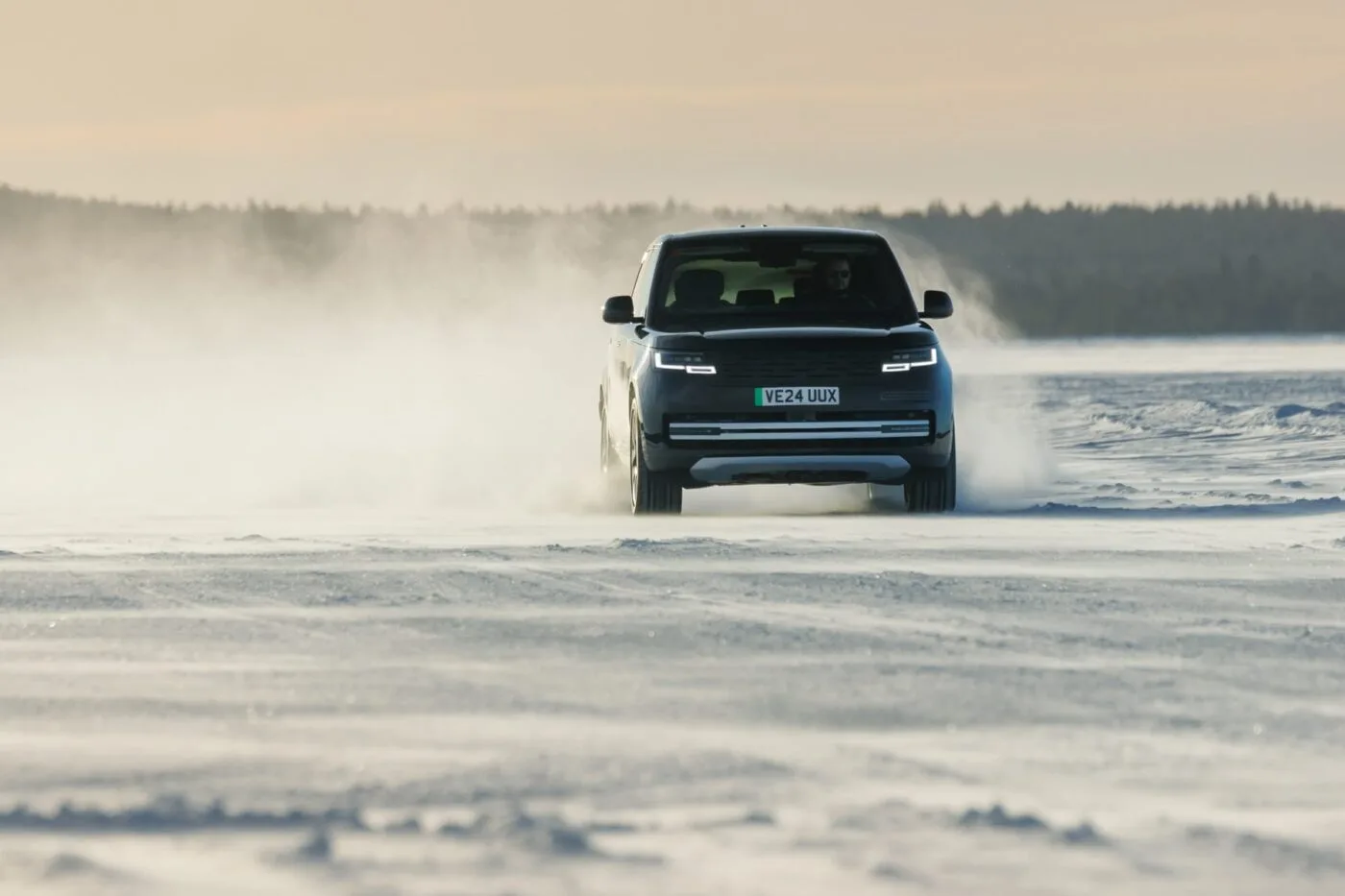

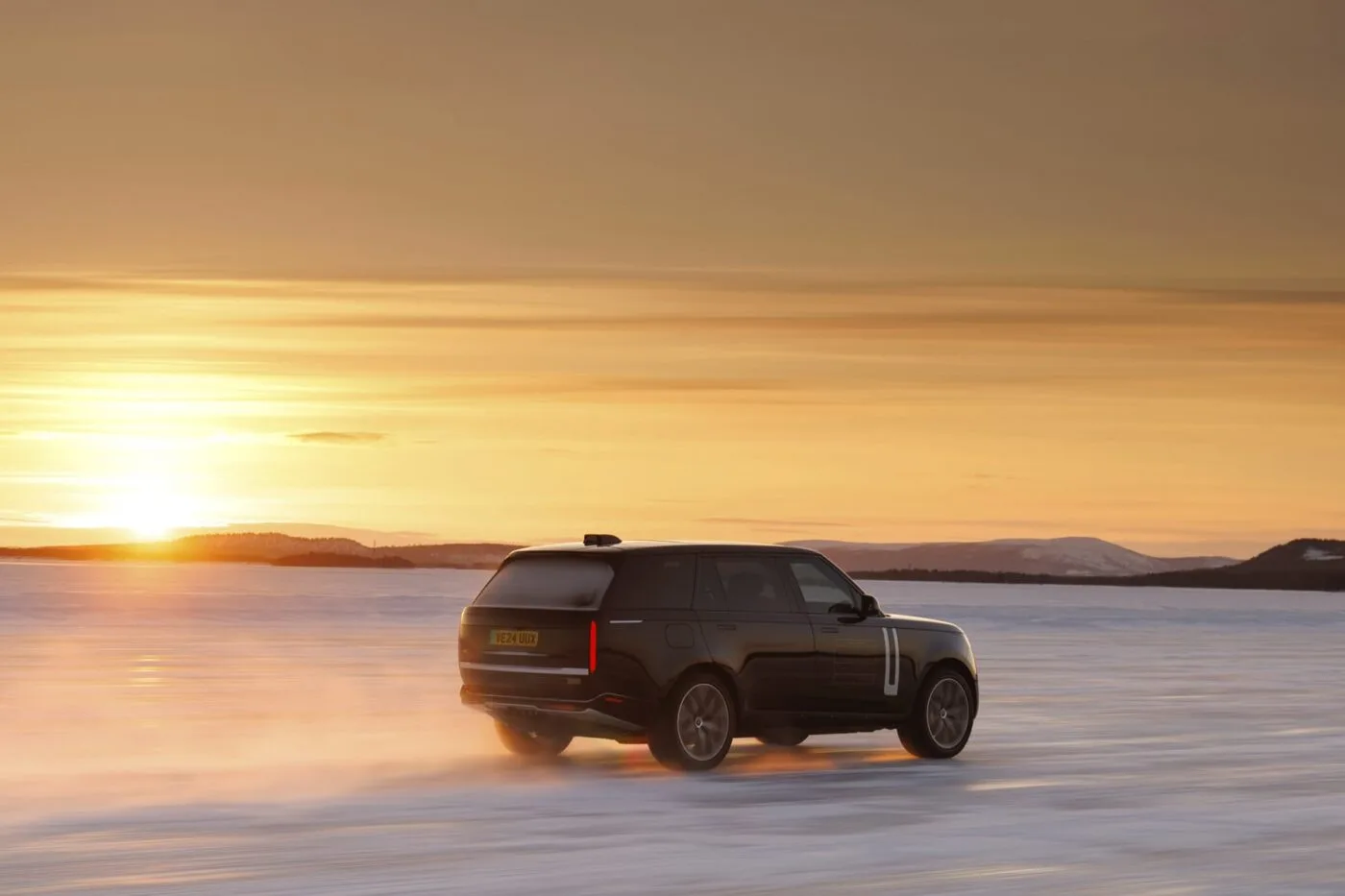
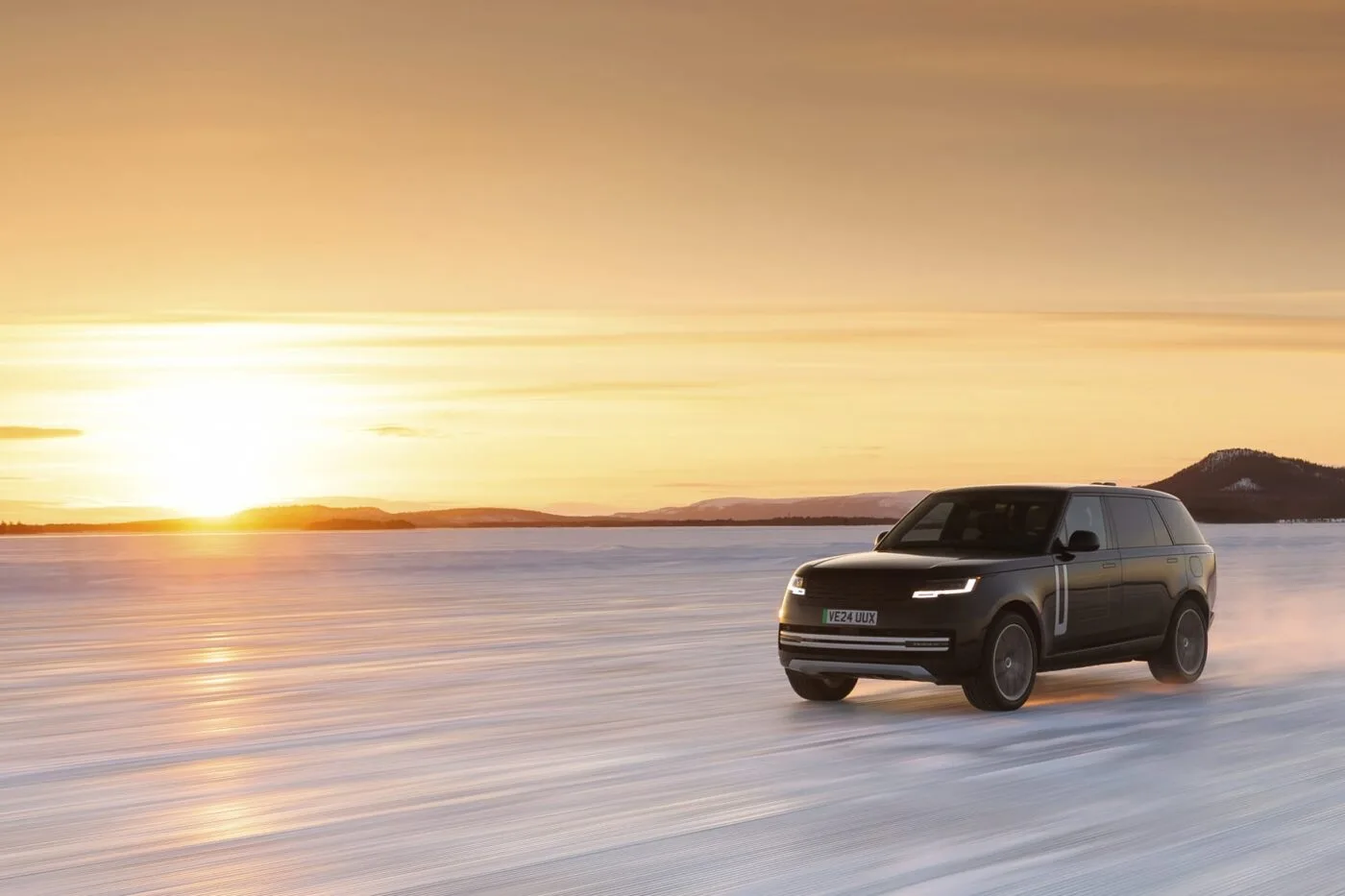
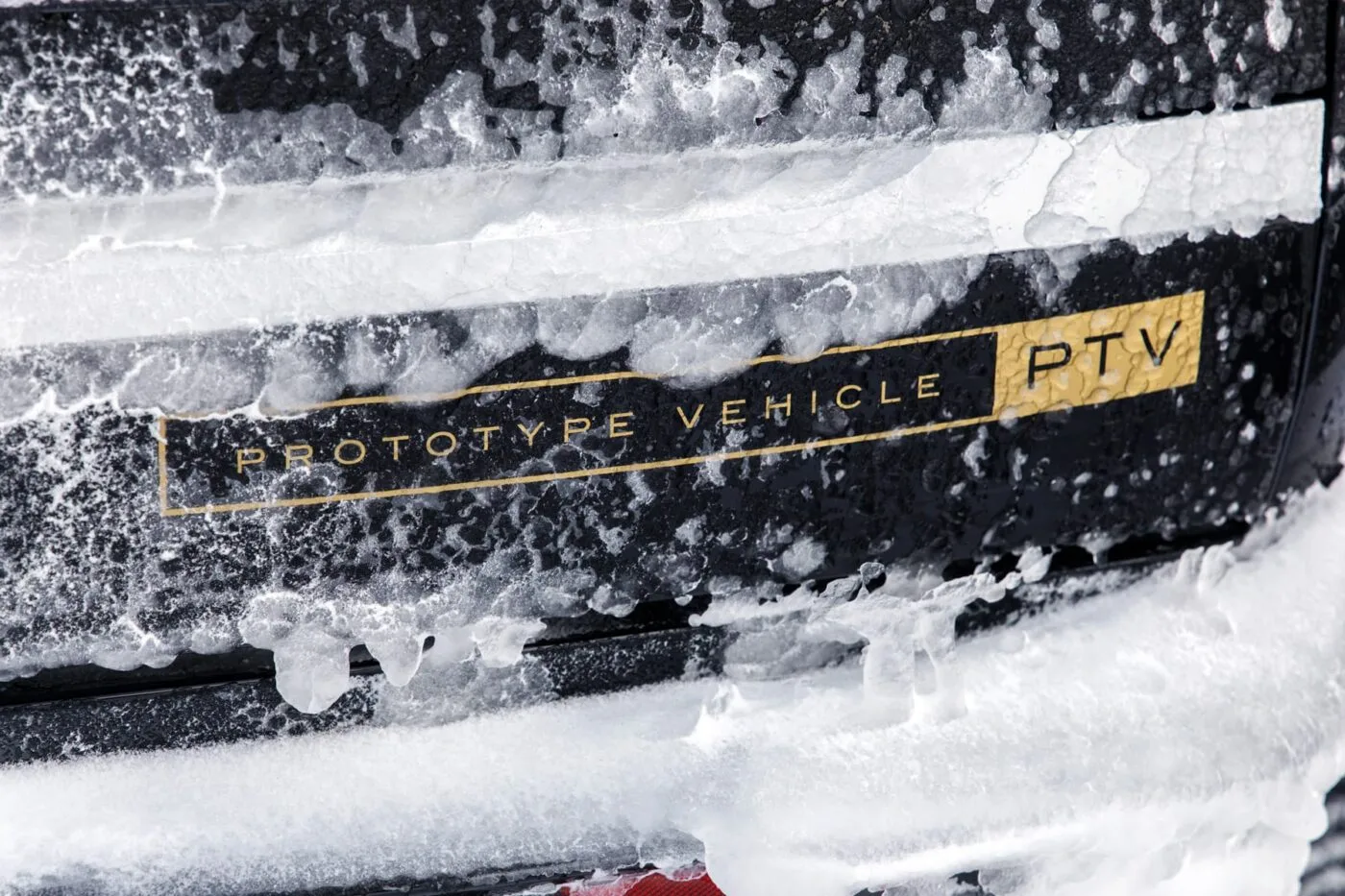
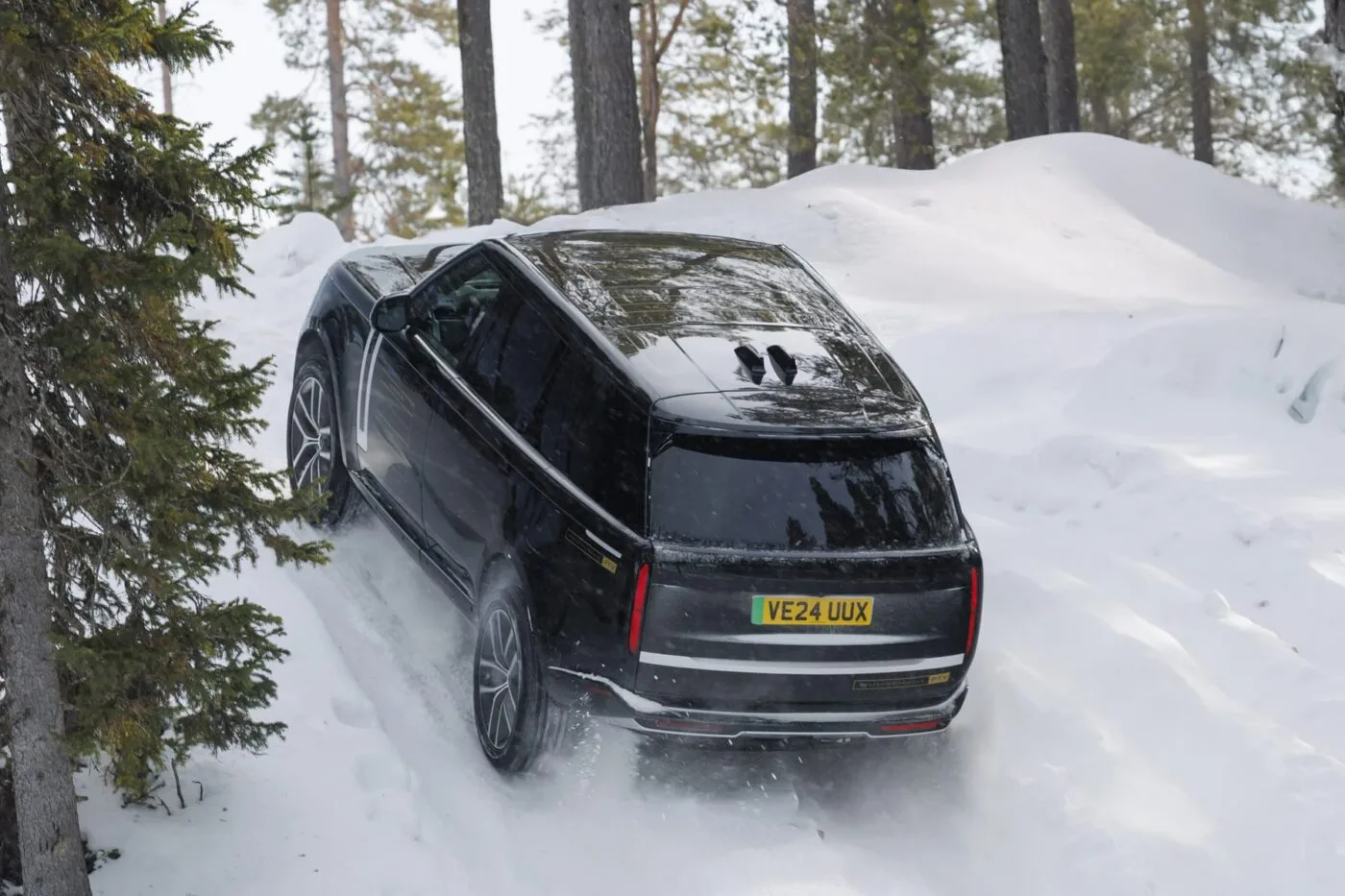
Reporter Lawrence Ulrich from InsideEVs was on site and has provided more information on the state of the electric SUV. The technical basis is the MLA Flex architecture from JLR, which can carry electric cars, combustion engines and plug-in hybrids. In the BEV version, two permanent magnet electric motors provide a 410 kW all-wheel drive. The standard sprint should take around 4.5 seconds, and the maximum charging power is 350 kW. No official range has been announced, but Ulrich estimates that it should deliver roughly 280-300 miles on the EPA test cycle.
The manufacturer itself emphasised comfort features such as the switchable dual-chamber air suspension, the possibility of one-pedal driving in the electric version or the off-road driving behaviour of the Range Rover. Here, too, the electric drive system is intended to provide more performance compared to the combustion engine: “Thanks to its accurate torque delivery, which is more precise than ICE applications, its Intelligent Driveline Dynamics (IDD) technology is able to distribute rear torque from 100% to 0% to prevent loss of traction. Working with Integrated Traction Management, traction stability is maintained – controlling motor speed within 50 milliseconds and managing slip up to 100 times quicker than an ICE vehicle equivalent.”

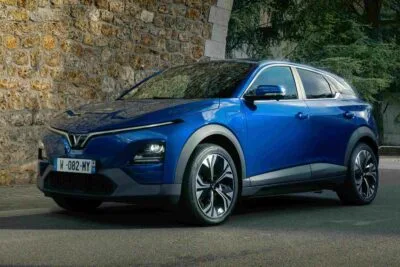
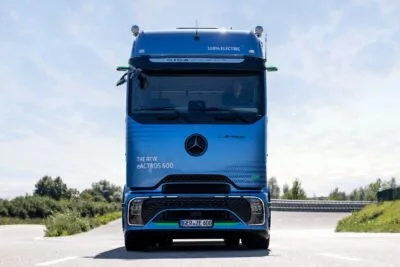
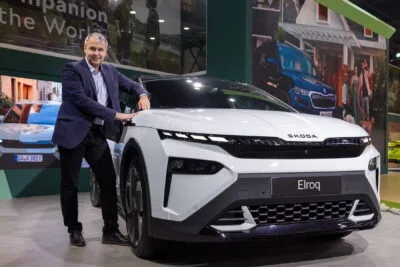
0 Comments